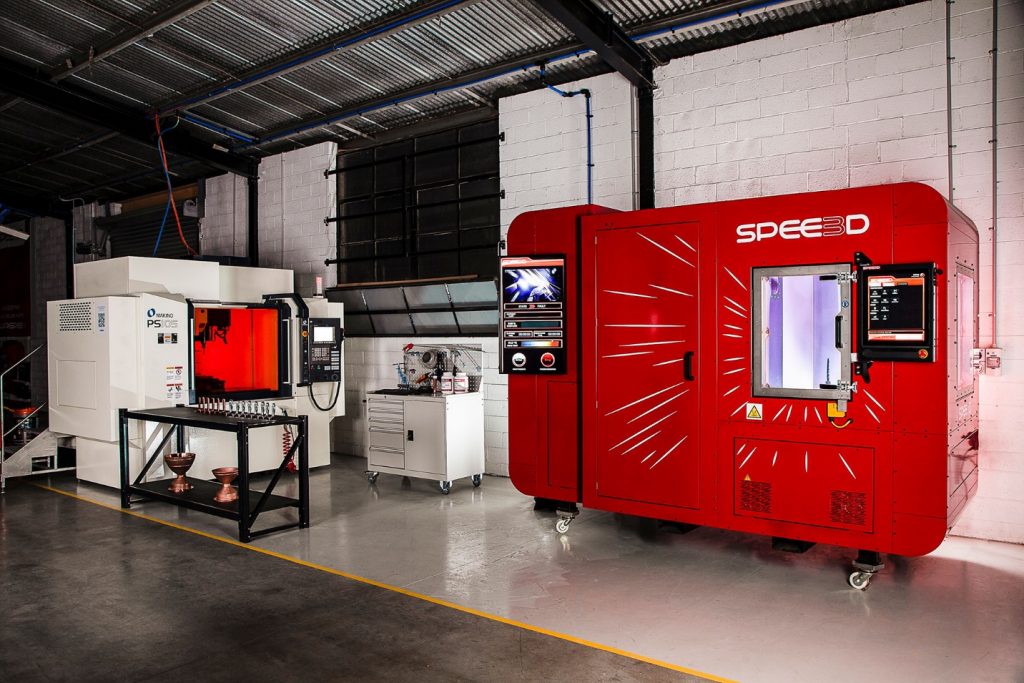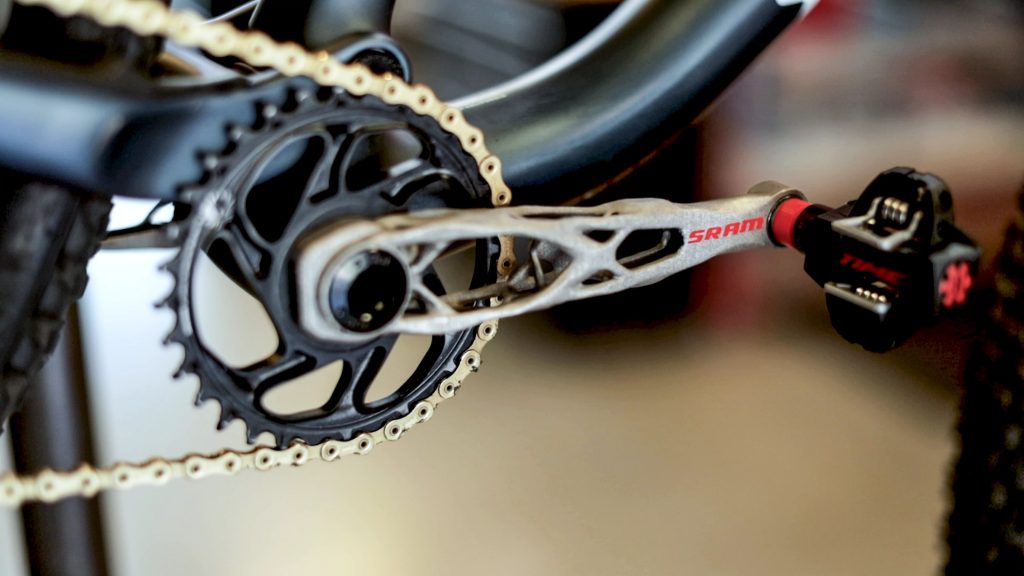Chances are, if you’re even peripherally interested in Additive Manufacturing, you’ve come across the term DFAM, or Design For Additive Manufacturing, but what does that actually mean, and how does it affect all of us who use AM technologies?
Before we can jump into that, we need do a quick history lesson. The popularity of 3D printers into manufacturing in general, is about 10 years old. While the technology itself is considerably older, it lived primarily in hyper specialized workflows, or in R&D contexts. It wasn’t until the technology became democratized through desktop tools that we really saw the manufacturing industry adopt Additive Tech, and start to consider how it might be used to make new products.
So what’s the relevancy to the term DFAM? Well, if we put AM in context of Industry 3 or Industry 4.0, we can start to draw parallels to the past Industrial revolutions. If you look to the emergence of injection molding to Manufacturing, the first few years of products made using the technology were more like facsimiles of previous manufacturing methods, as we still needed to learn how to maximize the technology. We still didn’t understand sink marks, where to put ribs, and how to best exploit the tech to get the most out of it. Right now, we’re living through the very same phase of enlightenment in Additive Manufacturing, learning how to optimize for the multiple variations of the technology.

While the tech has been in the hands of designers and engineers alike for more than 10 years, our use of it has been primarily for prototyping, testing, or building copies of products intended to be mass manufactured, with some experimental mass customization along the way. We’re only just now starting to seriously consider how AM might be used in final products making their way into the hands of consumers.
Enter, Design For Additive Manufacturing, a mindset, philosophy, and series of best practices to optimize the technology for Manufacturing products. By now you’ve no doubt seen some emerging examples of how AM is helping us find new heights of performance in the fields of aerospace and automobiles, but these examples remain staunchly specialized. While these real-world examples are a very exciting windows to the future, they don’t necessarily apply to more general uses. I am here to argue that this has less to do with access to technology, as it does understanding the principles of DFAM.
So, let’s dive into some core principles of DFAM, and how embracing them enables both better use of the tech, as well as introducing the viability of using the technology for manufacturing products.

Embrace limitations
This may seem like an obvious one, but the misnomer of 3D printers capable of “making any geometry imaginable” simply isn’t true. While we’re exceptionally close with the tech to be able to achieve just this, the reality is that each manufacturing process has its limitations, whether that’s things like undercuts in 3axis machining, draft angles in injection molding, or in the case of Additive Manufacturing, how each specific technology is optimized for different things.
Need to optimize for speed? Chances are FFF or SLS are where you’ll need to look. Need more detail and definition at small scale? SLA is the answer. But this is just surface level, if you’ve ever had to do DFM work, you know exactly where this is going: you need to optimize the geometry for the manufacturing process at hand. Not just so that it works consistently and is balancing form, function, and cost, but so that you’re maximizing what that manufacturing technology offers you.
Think about entire systems, not just products or parts
How we think about additive in the context of manufacturing is also hugely important. For some reason, the promise of Additive tends to lead to the pitfall of believing it can replace all other manufacturing processes entirely. Perhaps one day, but if we consider how most products today are made, they are a mixture of subtractive, casting, or injection molding. Additive Manufacturing needs to just be another weapon in the arsenal of producing products. Thinking extremely high level only gives room for big ideas and the overall goal, and thinking at the part level is too specific to give enough breathing room for Additive Manufacturing to be used to the best efficiency. Instead, right now, the sub assembly is the sweet spot for AM to live. Consider automotive examples out there, Additive is used in part for the production of a vehicle, not for the entire thing. Additive tech enables us to rethink how previous parts of a mechanical problem were made, and start to consolidate them down. What if you could combine a heat exchanger with your exhaust system, to make the vehicle lighter, while also increasing performance by lowering the overall temperature of the vehicle so you can push it harder?
Design with the technology in mind
We mentioned this above, but it’s worth diving deeper into. When designing any product, how we manufacture is an early consideration that helps guide the overall product direction. Whether a product is broken down into something like PCB + enclosure (we are, after all moving to a more solid-state world) or is more mechanical, how the thing will be made guides the form and function to some extent. This principle is not as universally applied in AM, in part because of misnomer that AM technology enables any geometry to be made. We’ll be following up with a future post going into the practical terms more, but for now, thinking about things like where support material goes, volume of parts, overhang angles, and geometric considerations all play a part in ensuring you are able to maximize your use of AM.
Consider the place of AM within other Manufacturing
The most exciting thing about DFAM, is how it’s not a static process. You can make thousands of one-offs, or thousands of one thing with a 3D printer and it won’t care. This flexibility makes it an amazing partner to every other manufacturing process out there, and when they’re combined, you can start to see huge benefits to your design. Whether it’s something as simple as using AM to product soft jaws for making parts on your CNC, through to using a hybrid of multiple manufacturing processes to bring a project together, when you think about how additive can amplify your other manufacturing tech, is when you can unlock so much more.
That’s it for our first view of some tips on how to get the most out of Fusion 360 check back next month when we do a deeper dive into DFAM and share some of our favorite top tips!
Interested in fusion 360? Download a free trial here and start taking your AM skills to the next level.
Featured image shows SRAM 3D printed crank arm. Photo via SRAM.



